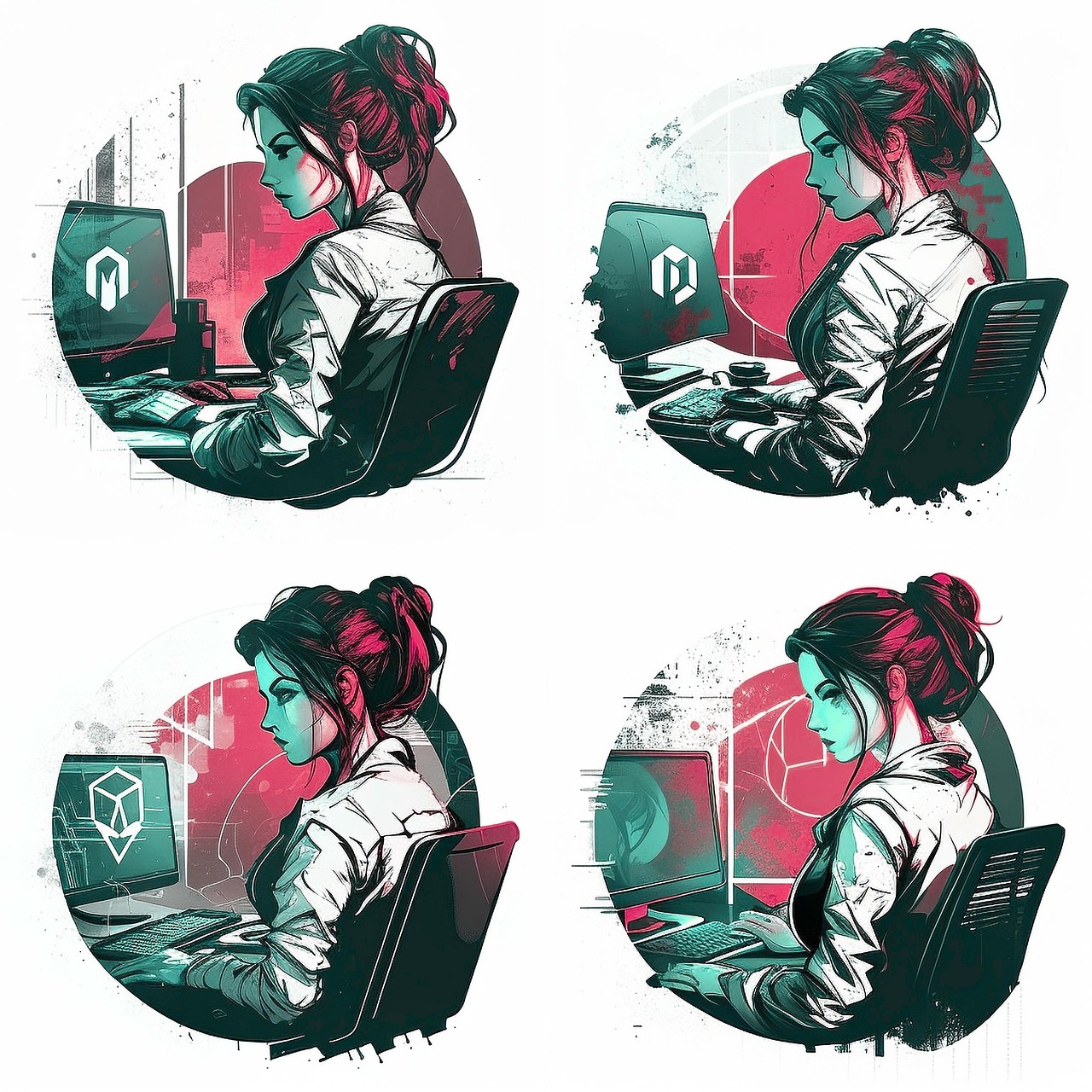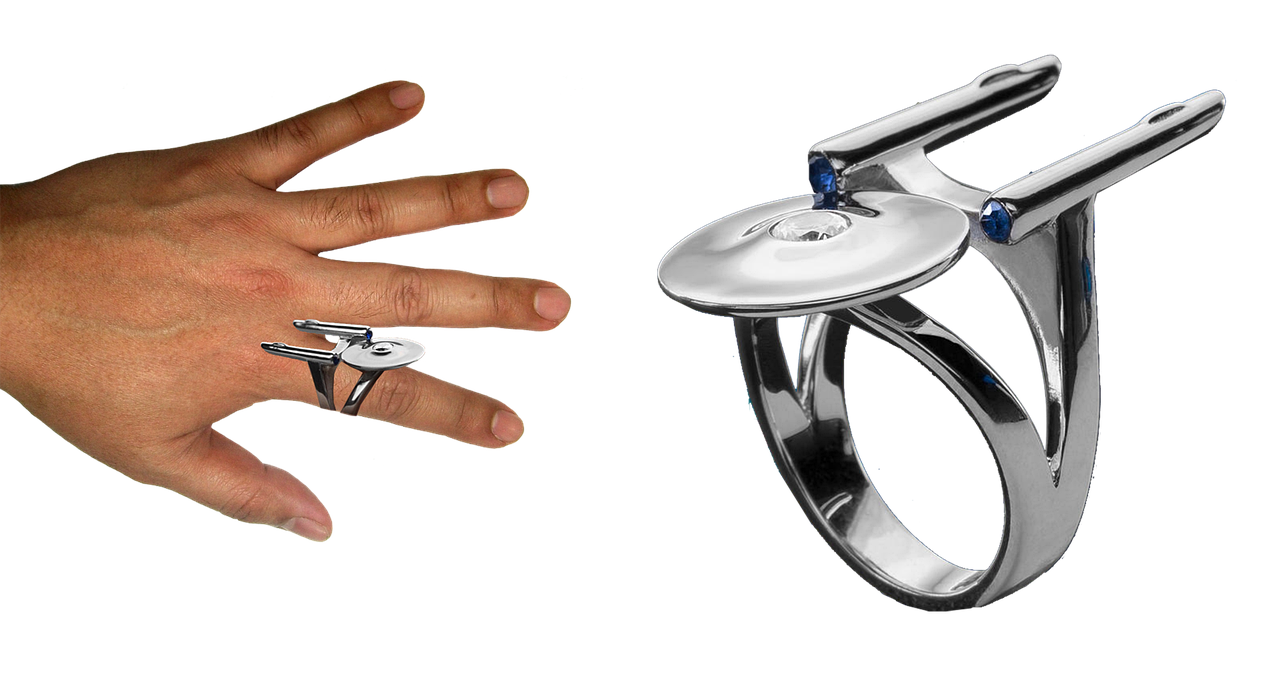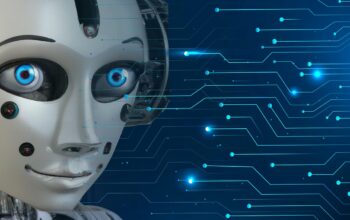
Rise of Autonomous AI Agents
Autonomous AI agents are transforming the landscape of technology, moving from a futuristic concept to a tangible reality. These agents are designed to plan, reason, and act independently in digital environments, significantly changing how users interact with software. With advancements accelerating into 2025, tech giants and startups are unveiling platforms that redefine user experience and productivity.
Transition from Chatbots to AI Agents
The evolution from chatbots to autonomous agents marks a significant shift in AI capabilities. Large language models like GPT-4 and Claude have set the groundwork for this transition. Unlike traditional chatbots that primarily engage in conversations, these AI agents are equipped to perform actions such as navigating websites, sending emails, and executing complex workflows with minimal human intervention. For instance, OpenAI’s latest tools allow these agents to operate autonomously, foreshadowing a future where they might join the workforce, as predicted by OpenAI’s CEO Sam Altman.
OpenAI’s Agent
OpenAI’s Agent-Building Tools. OpenAI has made significant strides by launching new tools that empower developers to create autonomous agents. The Agents SDK and Responses API enable the development of GPT-powered agents capable of executing multi-step tasks. One of the standout features is the Operator, which can interact with live websites on behalf of users. This capability demonstrates an impressive level of automation, allowing for tasks like filling out forms and completing transactions with human-like precision. According to OpenAI, this level of functionality can drastically reduce the time users spend on routine tasks.

Google’s Enterprise Agent Solutions
Google is leveraging its technology to create a robust ecosystem for building AI agents within enterprise environments. Its Agentspace platform supports the deployment of AI agents, including those for data synthesis and strategy automation. With the Gemini LLMs powering these agents, Google aims to make automation accessible even to non-technical staff. The Agent2Agent protocol further enhances interoperability, allowing agents from different platforms to collaborate seamlessly. Over 50 partners, including major firms like Salesforce and Deloitte, have embraced this protocol, indicating a strong industry trend towards collaborative AI solutions.

Microsoft Embeds Agents in Office Tools
Microsoft is integrating AI agents into its Microsoft 365 Copilot suite, enhancing productivity directly within familiar applications. The Researcher and Analyst agents are tailored to manage specific tasks, such as generating reports and analyzing datasets. These agents utilize advanced models to deliver insights swiftly and securely access relevant work data. For example, the Analyst agent can transform raw data into actionable insights within minutes, showcasing the efficiency and effectiveness of AI in the workplace.
Anthropic’s Claude Model Capabilities
Anthropic’s Claude model is gaining recognition for its strong reasoning and alignment features, making it a popular choice among developers. Claude’s tool-use functionality allows it to interact with APIs and perform complex tasks autonomously. For instance, Claude Code assists developers by generating and debugging code in real time, streamlining the software development process. This model’s integration with platforms like Slack and Databricks highlights its versatility and reliability in enterprise applications.

Amazon’s Nova Act Initiative
Amazon’s Nova Act initiative represents its entry into the competitive landscape of AI agents. This initiative enables developers to create agents that can execute complex workflows within web browsers. The SDK supports detailed instructions and direct browser manipulation, enhancing the agents’ reliability. By focusing on reducing the need for constant human supervision, Amazon aims to pave the way for more autonomous AI applications in various sectors.

Manus Agent’s Full Autonomy
The Manus agent, developed by the Chinese startup Monica, is making waves with its promise of full autonomy in task execution. Launched in March 2025, Manus claims to handle complex tasks like trip planning and website creation without user intervention. Early benchmarks show an impressive task success rate of over 86% on the GAIA test, although users have noted occasional misunderstandings in instructions. The agent’s adaptability and capacity for improvement with feedback make it a noteworthy player in the autonomous AI space.
Innovations from Other Startups
Several startups are also contributing to the innovation of AI agents. Salesforce’s Agentforce automates CRM workflows, while open-source frameworks like AutoGPT and SuperAGI lower the barrier for developers looking to build autonomous agents. Newer frameworks like crewAI facilitate collaborative problem-solving across multiple agents, enhancing the potential for complex task management. These developments indicate a growing trend towards multi-agent systems in mainstream application development.
Future of Autonomous AI Agents
As we look ahead, three key trends are shaping the future of autonomous AI agents. First, we see an emphasis on enterprise integration, with agents being embedded in various productivity tools and cloud environments. Second, collaboration among agents is becoming more prevalent, thanks to protocols that enable inter-agent communication. Finally, while agents are gaining more autonomy, there is a strong focus on transparency and oversight to maintain control and alignment. The evolution of these agents from simple assistants to collaborative partners could fundamentally reshape software usage and human-computer interaction, marking the end of passive chatbots and ushering in a new era of autonomous agents ready to work.




